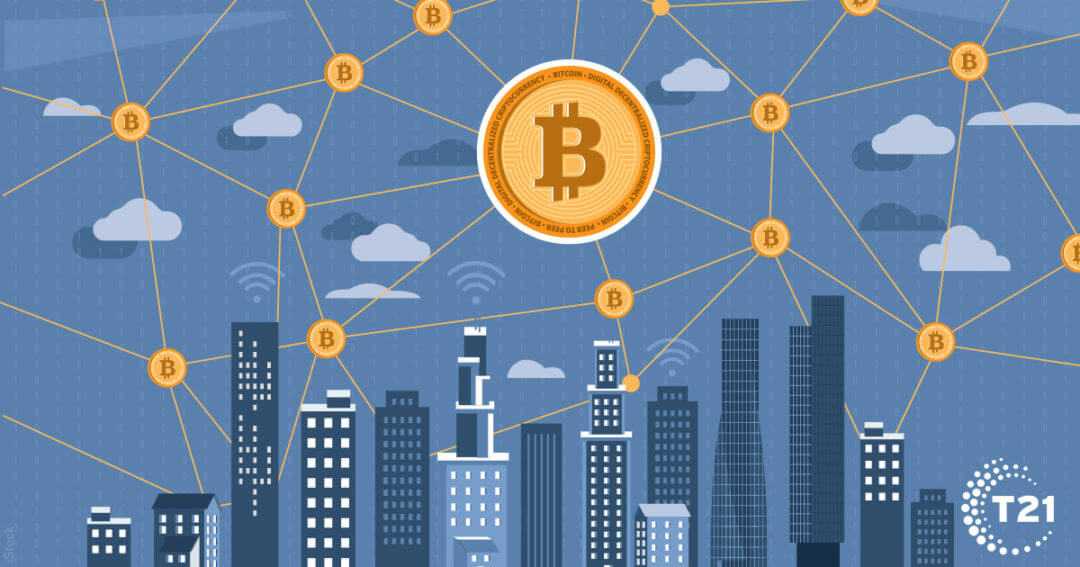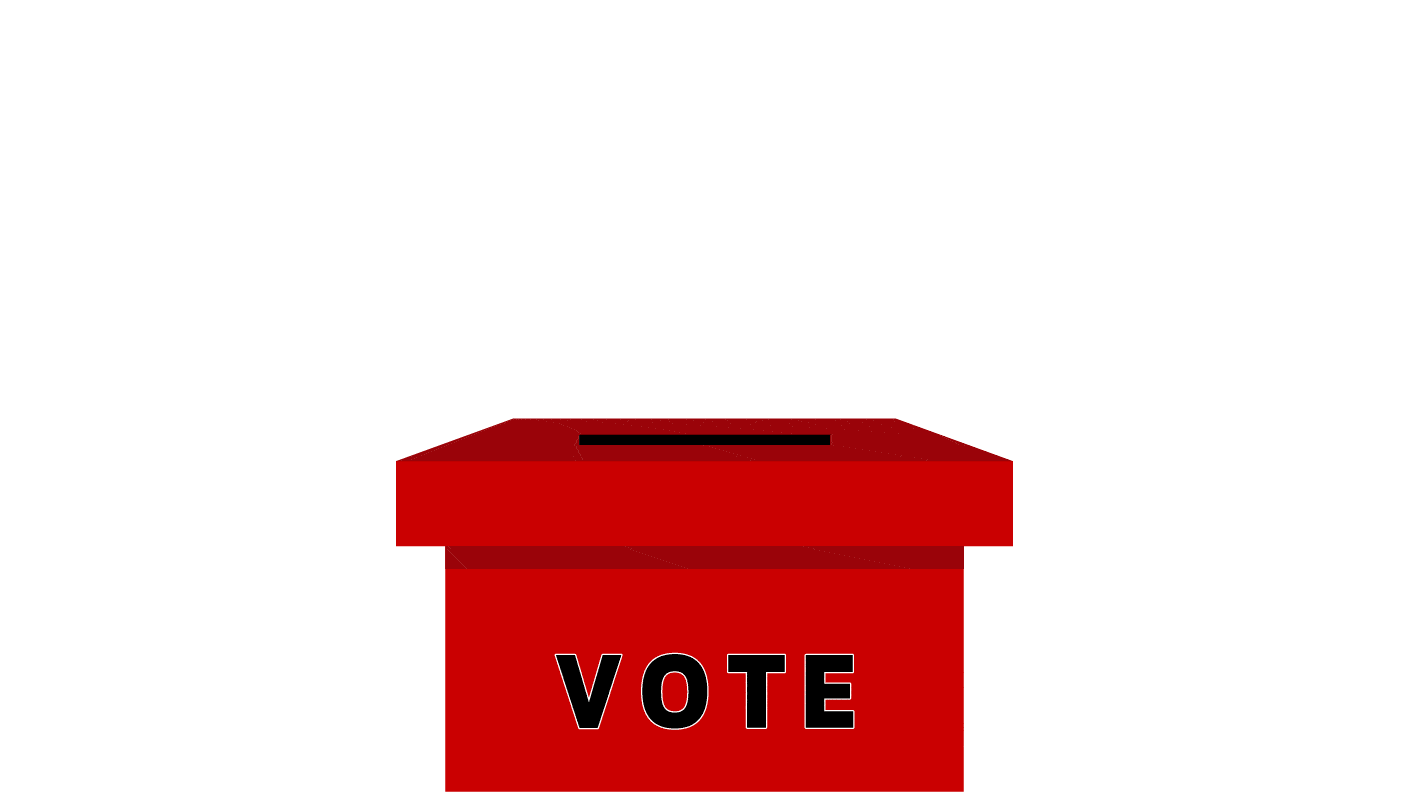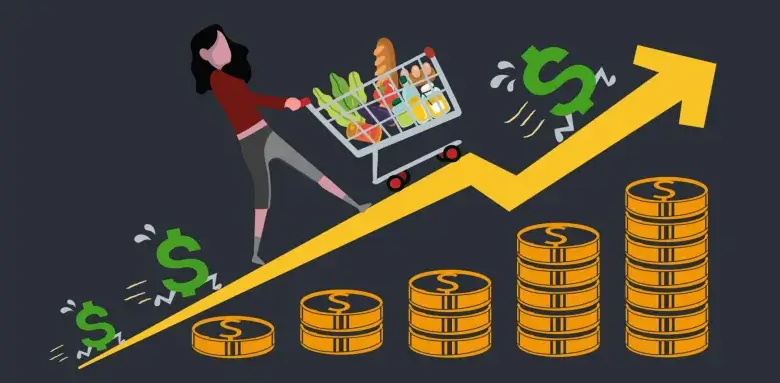Is crypto truly decentralized?

Image: Tech21
Crypto networks like bitcoin aren’t as decentralized as many of their proponents claim, according to a new report commissioned by the Defense Advanced Research Projects Agency (DARPA).
🪙📋 A deeper dive… In recent years, it’s largely been taken for granted that blockchains – the public ledgers keeping track of crypto transactions, which are replicated on computers around the world – are decentralized and unable to be changed.
But in practice, nearly all of the major crypto networks have evolved to create “unintended centralities” that could grant outsized power to certain groups, the report says.
- For instance: 60% of all bitcoin traffic is handled by just three internet service providers. So in theory, a country with top-down control of their domestic internet could take over a ‘decentralized’ blockchain and control all of its transactions, past and present.
- The report also said 21% of bitcoin nodes – the computers that host its blockchain – are running old software that has a known vulnerability; only a simple majority of nodes need to be hacked in order to control bitcoin’s entire blockchain (aka a ‘51% attack’).
✋ Yes, but… Some crypto executives told NPR the scenarios proposed in the DARPA report are only theoretical, and highly unlikely to happen under real-world conditions.
📸 Big picture: The overall crypto market has shrunk from $3+ trillion in market cap to less than $1 trillion since early November, with bitcoin losing nearly 70% of its value.
- The S&P 500 has lost roughly 20% over that same period, while the tech-heavy Nasdaq has dropped nearly 30%.
See the 360º view: Is crypto truly decentralized? →

Sprinkles from those who think crypto is truly decentralized
- Some commentators argue that the tech that’s powering crypto has the potential to be truly decentralized and revolutionary with the help of sensible regulatory frameworks and regulations.
- Others contend that crypto is still relatively early in its development compared to more traditional financial instruments, and that the collective brainpower concentrated in the industry will eventually solve any potential obstacles surrounding decentralization.
“Responsible players in the crypto market have been calling for and helping to develop sensible regulatory frameworks for many years. A bedrock of crypto regulations already exists… The list of crypto scammers who have gone to jail already far surpasses the number of bankers jailed in the United States for their role in the 2008 financial crisis…
Blockchain, the technology that makes cryptocurrency possible, has the potential to be just as transformative as the internet innovations on which we depend every day, and industries like supply chain management, finance and pharma have already begun to find uses for it.
It’s possible to imagine a future where you might look up the fate of every tax dollar you’ve paid, and government corruption becomes all but impossible; where beautiful and important stories and music, games and art would never disappear from the internet; where, instead of being forced to rely on a big power company, you might buy and sell surplus solar energy from or to your own neighbors, and never face another blackout. Wherever tamper-proof, independent record-keeping is needed, Blockchain could keep all the receipts, available and safe, for anyone to see.
But in order to make a world like that possible, crypto must be responsibly integrated into the existing global economy. Regulators, the media and market participants must get on the same page to balance the benefits of innovation against the need to prevent harm, and naked greed should be roundly chastised, not encouraged.”
“Since the birth of Bitcoin, the crypto industry has been marked by spectacular booms followed by painful crashes. If history repeats itself—and I'm betting it will—the impending downturn will serve as a healthy cleanse and reboot for the industry.
That's what happened in 2013 when the price of Bitcoin brushed the once jaw-dropping figure of $1,200, only to plummet afterward. It took years to reach that level again, but in the interim, something remarkable happened: dedicated teams put their heads down and built a series of innovations that transformed the industry. By the time the next boom rolled around in 2016, crypto had gone from being just Bitcoin and a handful of altcoins like Litecoin and XRP to encompass smart contracts, utility tokens, and a multi-chain future.
A similar thing happened after the bust of 2018. When crypto came roaring back in 2021, the technology had changed profoundly. A series of stylish NFT platforms had eclipsed the primitive CryptoKitties of the previous boom, DAOs took off for real, and the entire plumbing of the industry had become far more sophisticated.
It's going to happen again… It’s hard to predict exactly what this next era will look like, but a good bet is that it will feature low gas fees, easy-to-use Layer 2 options, and NFTs moving to the core of the music and entertainment industries. It's a fun future to imagine—provided you have the stomach to get through another Crypto Winter.”

Sprinkles from those who think crypto isn’t truly decentralized
- Some commentators argue that crypto offers ‘decentralization theater’ that tricks people into thinking the system is egalitarian when it actually serves to hide a new ‘elite class,’ which is likely the same old elite in a new arena.
- Others point out that the early mining systems for the world’s two largest coins – bitcoin and ether – were set up in a way that just a handful of miners control 60+% of the computing power for each network.
“Bitcoin represents a techno-utopian dream. Satoshi Nakamoto, its pseudonymous inventor, proposed that the world run not on centralized financial institutions but on an egalitarian, math-based electronic money system distributed through a computer network. And the system would be “trustless” — that is, it would not rely on a trusted party, such as a bank or government, to arbitrate transactions…
The practicalities have proved complicated. Price turbulence is enough to induce the Bitcoin bends, and the system is environmentally destructive, since the computational network uses exorbitant amounts of electricity…
Satoshi Nakamoto had presented the currency as anonymous… But over time, research revealed data leakage; the identity protections weren’t so watertight after all…
The computer scientist Jaron Lanier… called it “decentralization theater.” Cryptocurrencies create an illusion: “‘Now we’re in utopia. Everything’s decentralized. Everybody’s equal.’ There’s this notion of democracy without annoyance.”
But, he said, these systems end up hiding a new elite, which is probably just an old elite in a new arena. And the technology cuts both ways. “Whatever you think you can achieve using new algorithms, or big data, or whatever, can also be used against you,” Mr. Lanier said. “The same algorithms can be used by scientists to interrogate and investigate these castles that are put up by the new elite.””
“One of the key characteristics of blockchain is that it is decentralized. This property not only enables peer-to-peer transactions but also hopes to achieve an ecosystem where many players can equally participate and share. This utopic ideal, like it often happens, does not translate in practice…
The unfortunate truth is that from theory to practice there is a chasm. The economic incentives behind mining, which is the mechanism that gives blockchain its decentralized and security properties, rewarded heavily early entrants. This caused much of the computing power across the major blockchain networks to be centralized and chipped away from the original ideal of a diverse market place environment. In fact, the crypto mining industry feels much more like an oligopoly rather than a perfectly competitive market one would expect if it were truly decentralized[1]. In Ethereum’s case, 63% of the computing power of the network is controlled by just two miners[2] and in Bitcoin’s network around four miners have the same power. This boils down to an unfortunate truth: Crypto assets are not as decentralized[3] as people think…
As it often happens, theory must be adapted to the reality it inhabits. As a consequence, at least Bitcoin and Ethereum, are not truly decentralized networks.”
Share this!
Recent Discussion stories

Discussion
| June 17, 2022November is coming into focus
🗳🔴🔵 Midterm primary elections were held across four states this week, along with a separate special runoff election for an open House seat in South Texas.
Red or Blue: How are things shaping up for this November?

Discussion
| June 15, 2022I, Robot – but IRL
🤖🤔 Google recently suspended an engineer who claimed an AI chatbot the company created had become sentient, telling him he’d violated their confidentiality policy after dismissing his assertions, WaPo first reported on Sunday.

Discussion
| June 13, 2022Will prices come down anytime soon?
💰📈 The average price for a gallon of gas in the US climbed above $5 over the weekend for the first time in history, while US inflation saw its fastest annual growth in over four decades last month, per May's Consumer Price Index published on Friday.
You've made it this far...
Let's make our relationship official, no 💍 or elaborate proposal required. Learn and stay entertained, for free.👇
All of our news is 100% free and you can unsubscribe anytime; the quiz takes ~10 seconds to complete